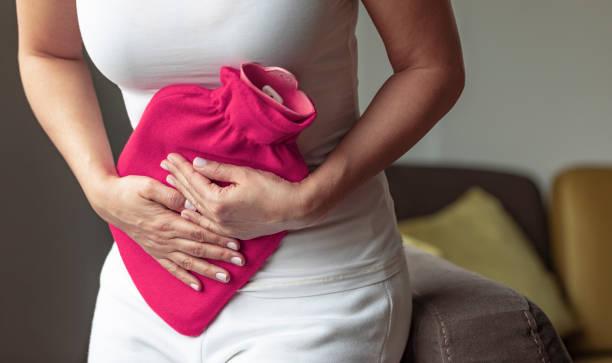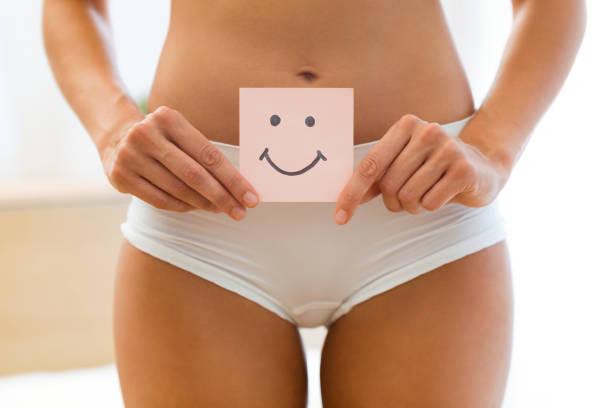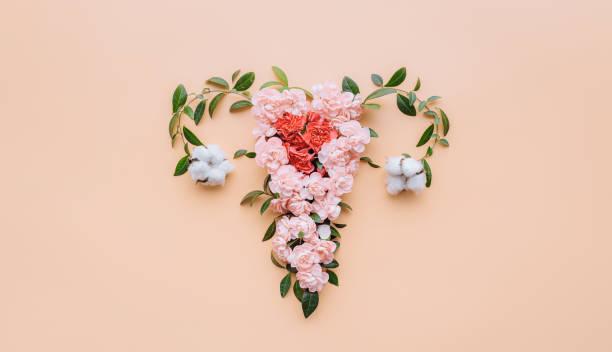If you are a woman, you have certainly experienced at least once in your life a hellish menstrual cycle...
A dull, throbbing pain twists in your lower abdomen, you feel dizzy and have a strong urge to vomit.
The simple act of getting up becomes a superhuman effort
Prof. John Guillebaud, a reproductive health specialist at University College London, even compares it, in some cases, to the pain felt during a heart attack.
Fortunately, there are natural solutions to the agonizing wait for your next period.
Menstrual pain: what causes it?
Experiencing severe pain during your period has a name: dysmenorrhea. This is classified into two categories by the medical profession:
-Primary dysmenorrhea: when pain is not the consequence of a gynecological disorder but a more or less marked symptom of menstruation. This problem affects between 30 and 50% of women of childbearing age. 5 to 10% of them suffer too much to go to work or school during this period. The first cycles, in adolescence, and the last, around menopause, are often the most painful because of hormonal fluctuations.
-Secondary dysmenorrhea: when the pain indicates an underlying gynecological problem such as endometriosis. This condition occurs when endometrial cells migrate to other parts of the body and implant themselves, creating chronic inflammation. The main symptom is severe menstrual pain and other pelvic, back or intercourse pain.
When the menstrual period is particularly difficult to bear, it is necessary to schedule a gynecological visit to rule out endometriosis.
Once this doubt is removed, you can conclude that you are suffering from the primary form of dysmenorrhea.
Don't worry, it is not dangerous, but it is still extremely painful.

Menstrual pain: why doctors are overwhelmed (and they don't always take you seriously)
Doctors usually suggest relieving symptoms with painkillers such as Ibuprofen, by prescribing the pill or by inserting a hormonal IUD.
Unfortunately, these solutions are often insufficient. Not to mention the risk of side effects... 20 to 25% of women continue to suffer from cramps after taking anti-inflammatory drugs.
According to Prof. Guillebaud, there is a simple explanation for this lack of knowledge: the absence of sufficient research on the subject.
According to him, the seriousness of the subject is underestimated by the medical profession as a whole: "On the one hand, men are not aware of this pain and underestimate its extent in some women. But some women can also be intolerant, because they don't experience it themselves, or if they do, they think, 'Well, I can live with it, so can my patient...'"
However, it is now known that the pain experienced is due to uterine spasms that are necessary to evacuate the dead cells of the endometrium.
However, in general, these discomforts are the result of benign hormonal disorders. The level of estrogen is too high in relation to progesterone. It must therefore be rebalanced.
And good news: there are medicinal plants specialized in this task...
Menstrual pain: here are some steps to help you feel better
Step 1: Regulate your estrogen
Too much of this hormone may be due to the action of environmental xenoestrogens.
These are endocrine disruptors: they look like your hormones but come from your environment.
These molecules then take the place of your hormones in your body: they stimulate the estrogenic receptors and thus cause the same effects as an excess of estrogen.

Here is the list of endocrine disruptors that deregulate your cycle:
- Pesticides from the food industry
- Plastic, especially water bottles and Tupperware-type plastic boxes
- Industrial pollutants
• Les hormones qu’on injecte aux animaux et qui se retrouvent dans la viande
• Les produits cosmétiques
You should therefore limit your contact with these endocrine disruptors as much as possible by buying organic, storing your leftovers in glass containers rather than plastic and making your own household products and cosmetics.
- Eat plenty of fruits and vegetables, their high fiber content will help your intestines get rid of these pollutants.
- Choose cruciferous vegetables, especially the various varieties of cabbage and broccoli for their indole-3-carbinole content.
This substance supports the detoxifying capacities of the liver and helps it to get rid of the hormonal surplus.
There is also a plant that is a master in the art of hormonal regulation: chaste tree (Vitex agnus castus). This plant does not act directly like progesterone but stimulates the production of prolactin and dopamine.
These neurotransmitters influence the secretion of progesterone. Several studies have demonstrated its effectiveness.
It is recommended to take this plant during the second part of the menstrual cycle. That is to say between the 10th and the 20th day of the cycle, the starting point being the first day of the period. Take it for a minimum of 3 cycles, but you can continue longer if needed.
• En extrait sec : sous forme de gélule ou de comprimé, 40 à 80 mg par jour
• En extrait hydroalcoolique : 100 à 150 gouttes le matin, avant le déjeuner.
This plant is to be avoided in case of pregnancy and breast feeding. Do not use it if you take dopaminergic drugs, prescribed in case of degenerative diseases of the central nervous system (Parkinson). According to the Vidal, it is also contraindicated in people who have suffered from breast cancer or who would be predisposed to this type of cancer, as well as in case of hypophyseal disorders.

Step 2: Relieve the pain of your cramps
You can relieve the violent uterine spasms at the origin of your menstrual pains with the following plants:
• La viorne (Viburnum opulus): cette plante était utilisée par les Meskwakies, une tribu amérindienne, pour soulager les crampes musculaires. Et la science moderne a validé ses propriétés spasmolytiques, particulièrement efficaces contre les spasmes utérins.
Posologie: mélangez 40 gouttes de teinture dans un peu d’eau et buvez la préparation toutes les 2 heures, jusqu’à 6 fois par jour (à éviter chez les les femmes enceintes ou allaitantes et les personnes cardiaques).
• La pivoine (Paeonia lactiflora): originaire du sud de l’Europe, la pivoine est surtout cultivée dans les jardins pour sa beauté. Mais ce serait bien dommage de se priver de ses propriétés antispasmodiques, sédatives et régulatrices hormonales.
Posologie: prenez 20 gouttes dans de l’eau, 4 fois par jour (contre-indiqué chez la femme enceinte ou allaitante, en cas de problèmes hémorragiques ou si vous prenez des médicaments anticoagulants ou antiplaquettaires).
• La camomille matricaire (Matricaria recuita): ses propriétés antispasmodiques et anti-inflammatoires feraient d’elle une vraie alliée contre les douleurs menstruelles. La célèbre herboriste Hildegarde de Bingen la conseillait d’ailleurs pour « faciliter la sortie des règles».
Dosage: infuse 20 g of flowers per liter. Drink this tea 3 to 4 times a day (better to avoid it during the pregnancy or if you suffer from asthma or allergy to pollens).
• L’huile d’onagre: elle contient des acides gamma-linoléniques qui pourront vous aider à soulager les divers symptômes prémenstruels.
Posologie: prendre 3 à 4 comprimés d’evening primrose oil per day, between the 15th and the 24th day of the menstrual cycle (calculated from the 1st day of the period). Evening primrose is not recommended during pregnancy or for people with epilepsy.



